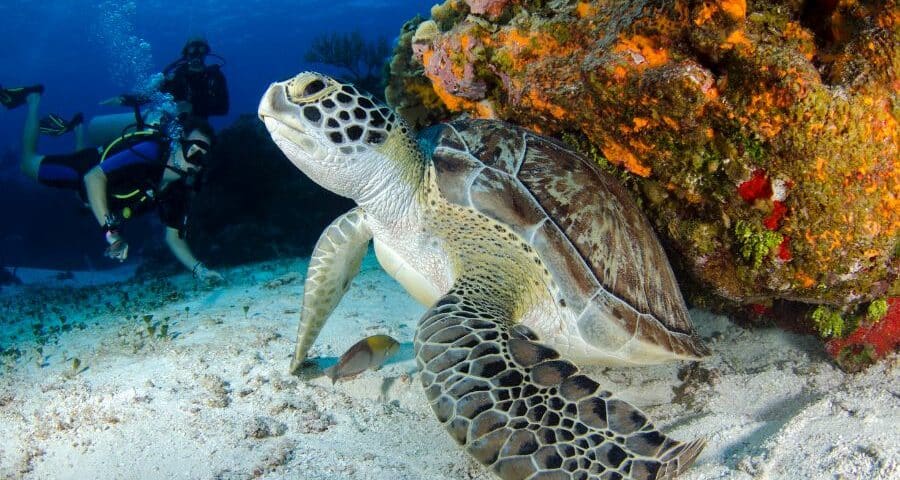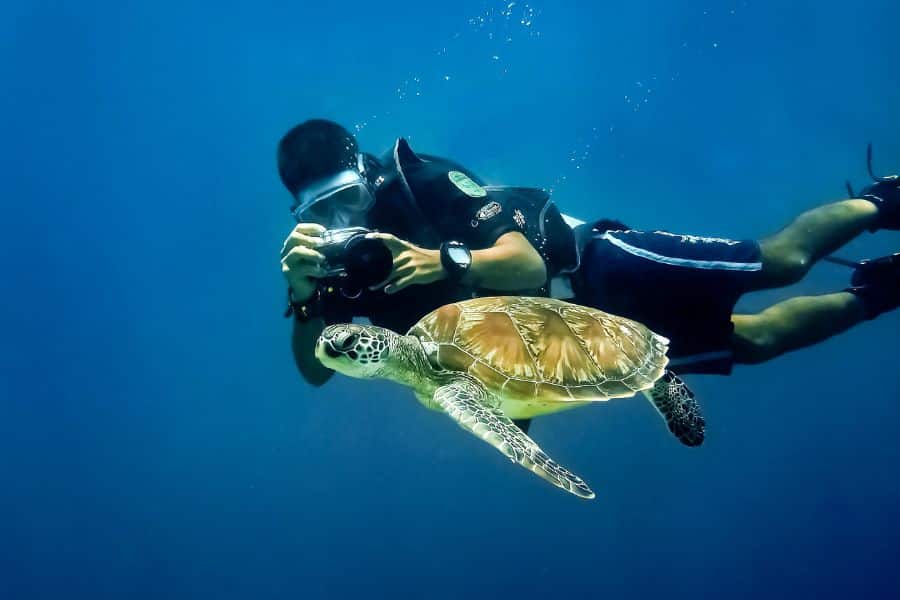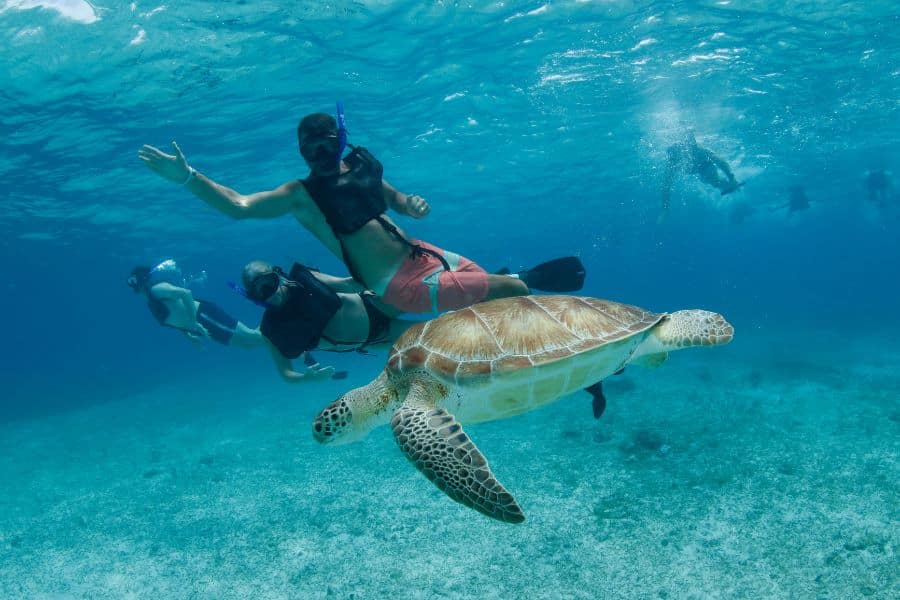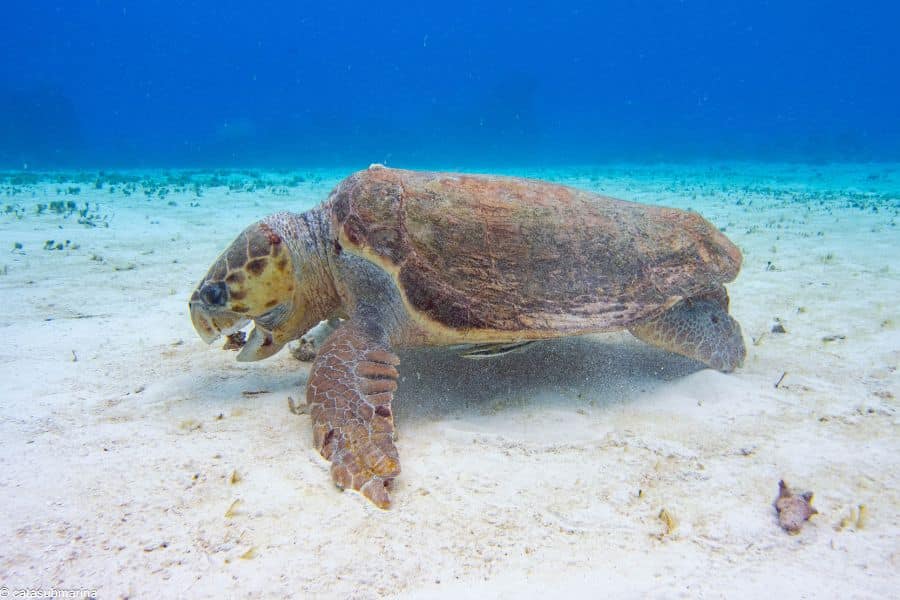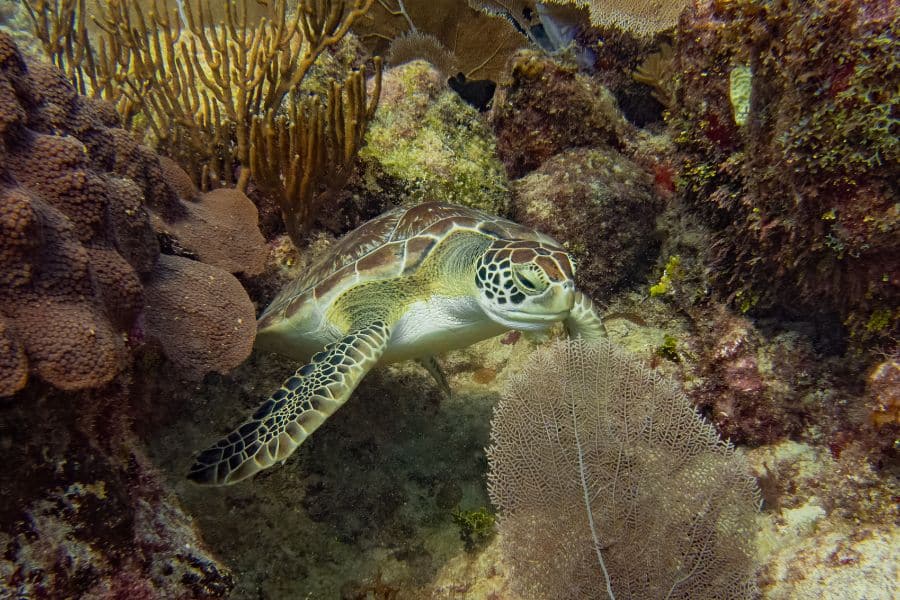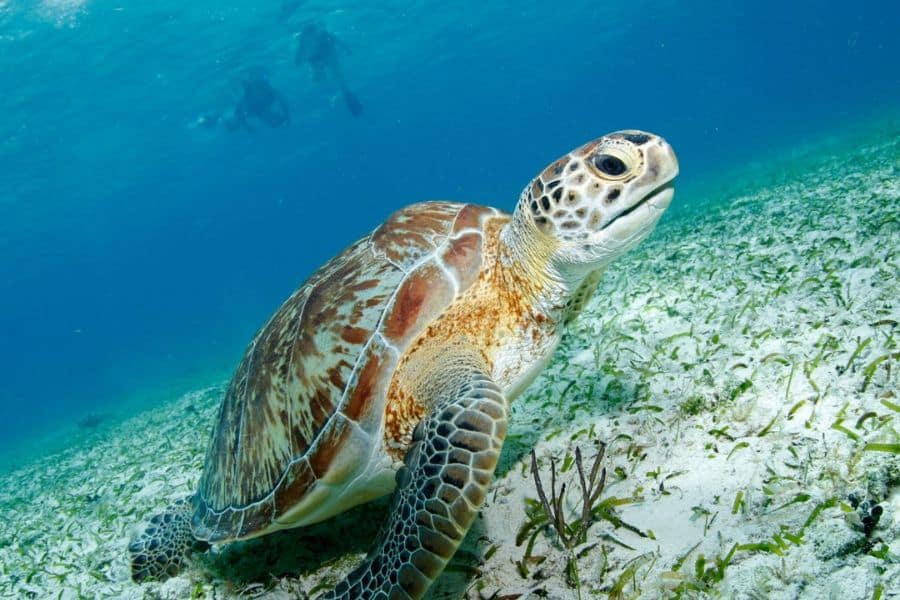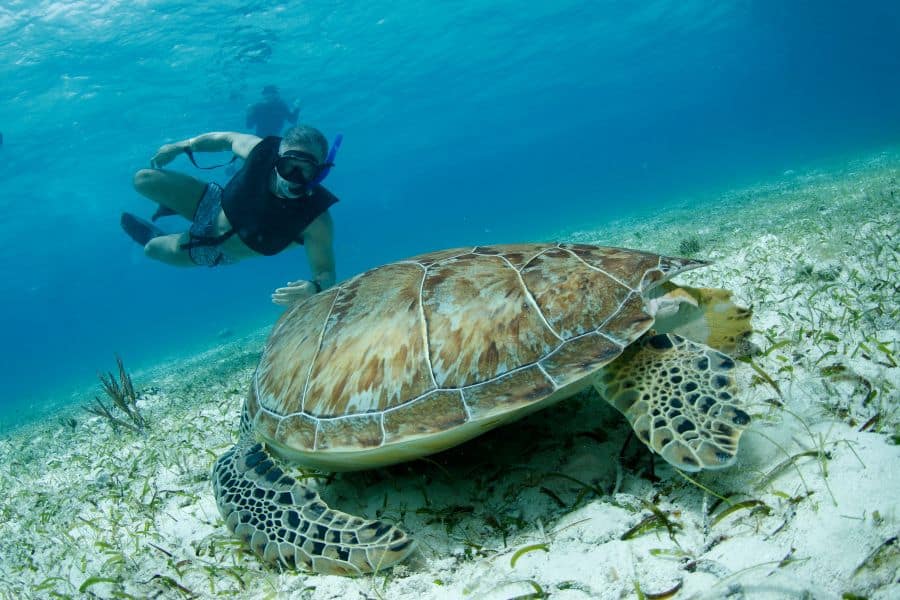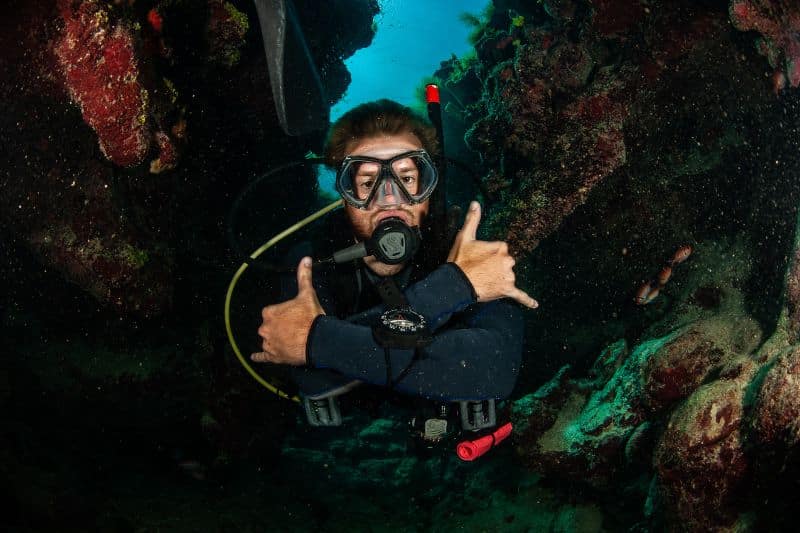Hey, quick question.
Have you ever dreamed of scuba diving with turtles? Oh, you don’t dive… What about snorkeling with turtles?
I’m not just talking about just spotting them from a distance, but actually swimming side by side with these incredible creatures?
You’re deep underwater, surrounded by silence except for the sound of your own breath. Suddenly, a sea turtle appears, gliding effortlessly, as if time itself has slowed down.
And you? You’re right there, in the moment, living something most people only see in nature documentaries.
Now, what if I told you there’s a way to make this dream a reality?
- No Googling “best places to snorkel with turtles.”
- No endless blog reading about diving with turtles.
- No wasting time on overrated dive spots.
Just the real deal.
- The exact locations where turtle divers
- The right conditions.
- The best times.
All packed into one guide that gets you straight to the action.
Sounds good?
Keep reading.
But be warned: once you finish this, there’s no going back.
You’ll know where to go for sea turtle scuba diving.
You’ll know how to snorkel with turtles like a pro.
And trust me, once you know, you won’t want to wait.
So, ready to dive in?




